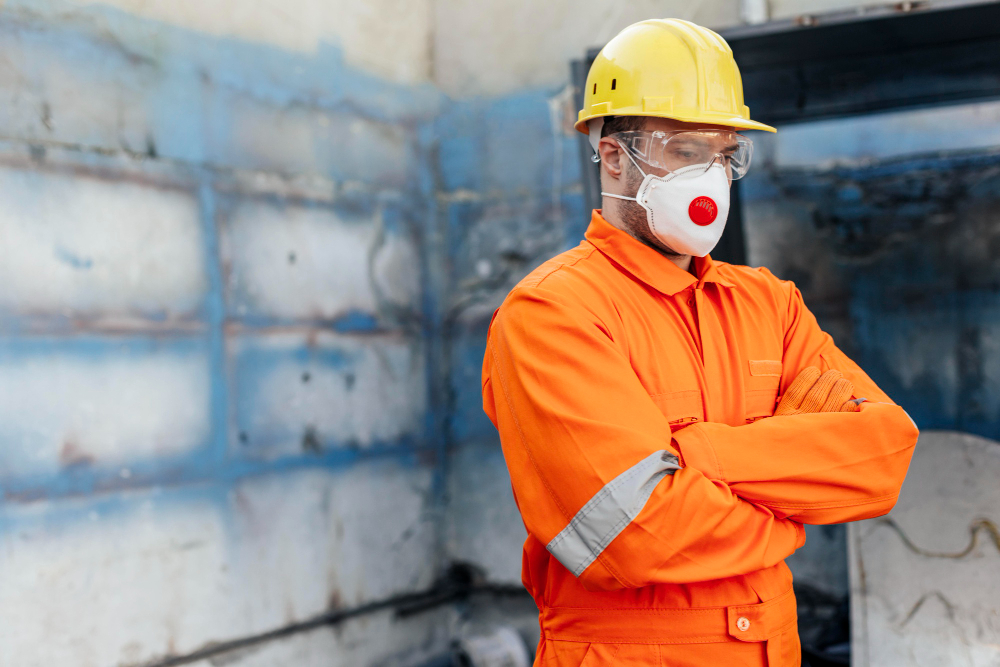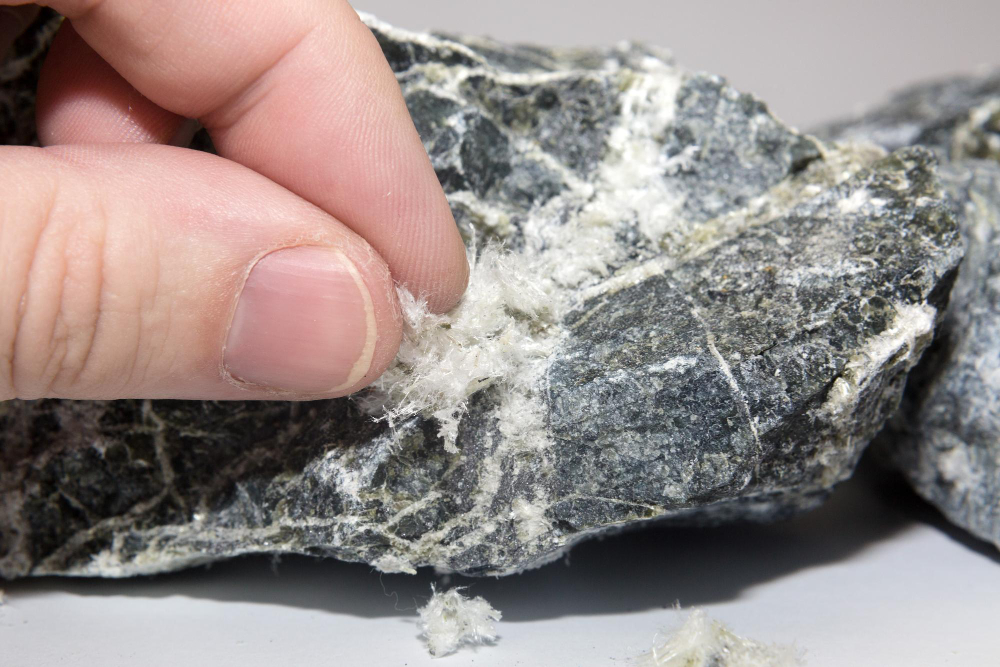Last updated on
Asbestos has been a widely used material in the construction industry for many years due to its desirable properties such as fire resistance and durability. However, it is crucial for builders and homeowners to have a comprehensive understanding of asbestos and its potential risks.
In this guide, we will delve into the various aspects of asbestos, including its properties, health risks, regulations, testing, abatement, and education for homeowners.
What is Asbestos?

Asbestos refers to a group of naturally occurring minerals that are composed of long, thin fibers. These minerals have been utilized in a range of construction materials due to their heat resistance, strength, and insulating properties.
The main types of asbestos minerals include chrysotile, amosite, and crocidolite, each with distinct characteristics. Common applications of asbestos in construction include insulation, roofing, flooring, and fireproofing materials.
Asbestos Testing and Inspection
Asbestos testing and inspection are crucial steps in identifying and managing asbestos-containing materials (ACM) within buildings. During an asbestos inspection, a thorough visual examination of the affected building space is conducted, accompanied by the inventory and extraction of suspect materials for bulk sample testing.
While regular home inspections typically do not include asbestos testing, distributors recommend using ACM testing products to ensure a healthy and worry-free living. In addition, it is recommended to engage certified asbestos professionals to perform comprehensive testing for ACM.
The costs associated with asbestos testing can vary, with residential testing averaging around $600 and more extensive inspections potentially exceeding $1500. Engaging reputable asbestos testing services can provide homeowners and builders with peace of mind regarding the safety of their properties.
Health Risks Associated with Asbestos Exposure

Exposure to asbestos poses significant health risks, with long-term implications on respiratory and overall health. Asbestos fibers, when inhaled or ingested, can lead to the development of severe conditions such as lung cancer, mesothelioma, and asbestosis. Furthermore, evidence suggests that exposure to asbestos can also increase the risk of cancers affecting the larynx and ovaries.
The accumulation of asbestos fibers in the body over time can cause scarring and inflammation in the lungs, leading to breathing difficulties and potentially life-threatening health problems. It’s important for individuals working in environments where asbestos exposure is possible to be aware of these risks and take appropriate measures to prevent inhalation of asbestos fibers.
In addition to workplace exposure, asbestos-related health risks can also affect individuals in residential settings. This highlights the significance of understanding the symptoms and potential long-term health consequences associated with asbestos exposure.
By being informed about the health risks associated with asbestos, individuals can take proactive steps to limit their exposure and seek medical attention if any symptoms associated with asbestos-related illnesses arise, even years after exposure.
Regulations and Guidelines
Understanding the regulations and guidelines related to asbestos is crucial for builders and homeowners to ensure the safety and well-being of individuals exposed to potential asbestos hazards. The Environmental Protection Agency (EPA) provides comprehensive laws and regulations pertaining to asbestos, offering insights into its health effects, the locations where it may be found within homes, and appropriate measures to address it.
Additionally, the guidance from organizations such as the California Contractors State License Board (CSLB) and Occupational Safety and Health Administration (OSHA) highlights the importance of adhering to specific standards and certification requirements for asbestos work in buildings, emphasizing the significance of professional expertise in handling asbestos-related tasks.
Recognizing the strict local, state, and federal requirements for asbestos removal and disposal, as outlined by agencies such as the U.S. Department of Housing and Urban Development (HUD), is essential for ensuring compliance with the law. Moreover, the availability of guides aimed at educating homeowners on identifying and safely managing asbestos in residential settings, such as those provided by the
Mesothelioma Center, serves as a valuable resource to protect families from potential exposure to asbestos. By staying informed about these regulations and guidelines, builders and homeowners can take proactive steps to mitigate risks associated with asbestos and contribute to creating safer living and working environments.
Asbestos Abatement and Removal
In situations where asbestos-containing materials must be removed, it is imperative to adhere to strict safety protocols. Licensed professionals with expertise in asbestos abatement should be engaged to carry out the removal process, ensuring that fibers are not released into the environment. Additionally, alternative approaches, such as encapsulation and enclosure, can be considered for managing asbestos in place while minimizing disturbance.
Educating Homeowners about Asbestos
Empowering homeowners with knowledge about asbestos is vital for creating safe living environments. By providing resources and guidance on identifying potential asbestos hazards in their homes, homeowners can take proactive steps to address concerns and protect themselves and their families. Education on proper maintenance and renovation practices can help minimize the risk of asbestos exposure in residential settings.
The Takeaway
Understanding asbestos is paramount for builders and homeowners to safeguard the well-being of all individuals involved in construction, renovation, and property management. By adhering to regulations, conducting thorough testing, engaging qualified professionals for abatement, and educating homeowners, the risks associated with asbestos can be effectively managed.
By prioritizing safety and awareness, we can create healthier environments and mitigate the potential impact of asbestos-related health issues.
Table of Contents




